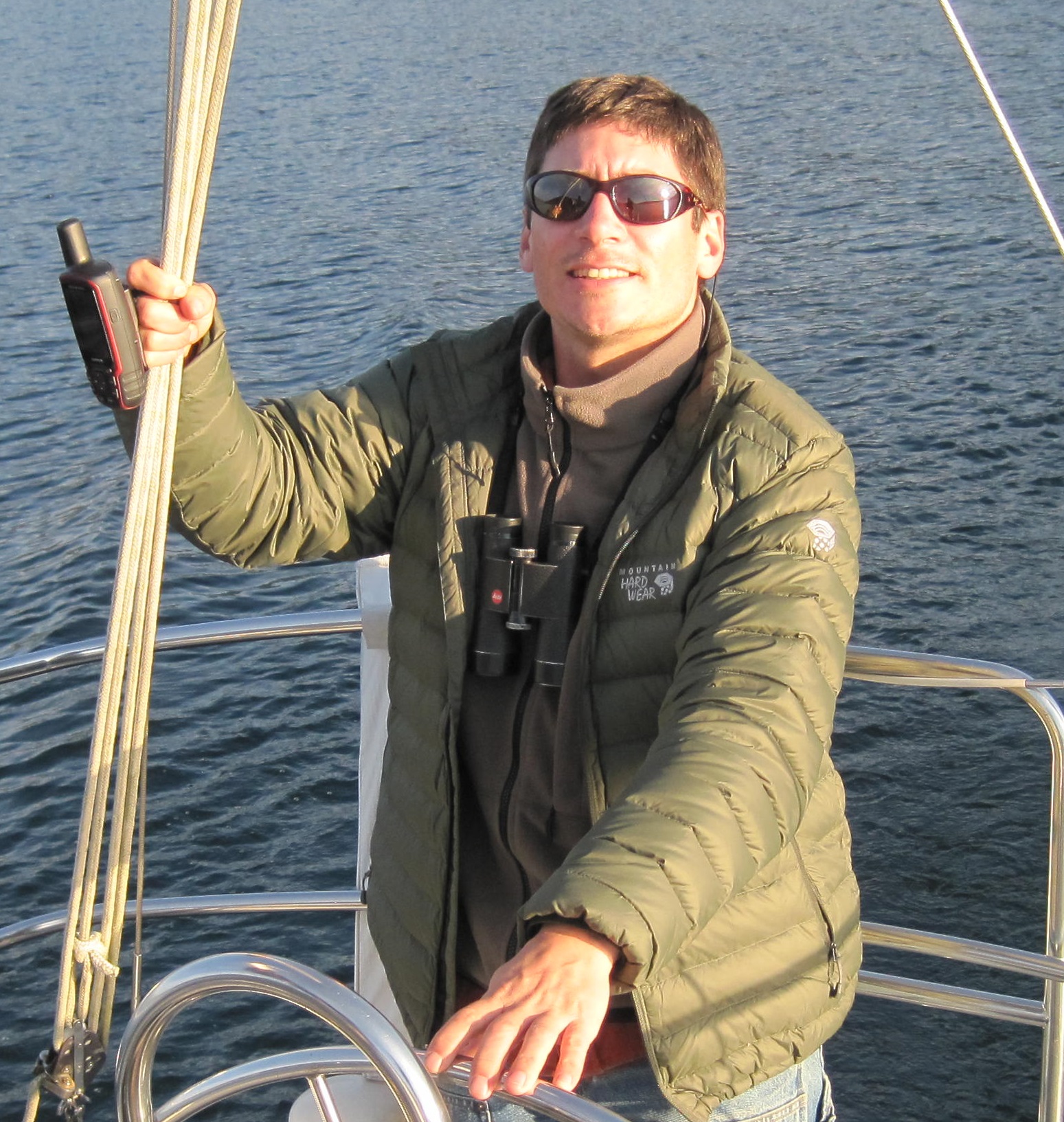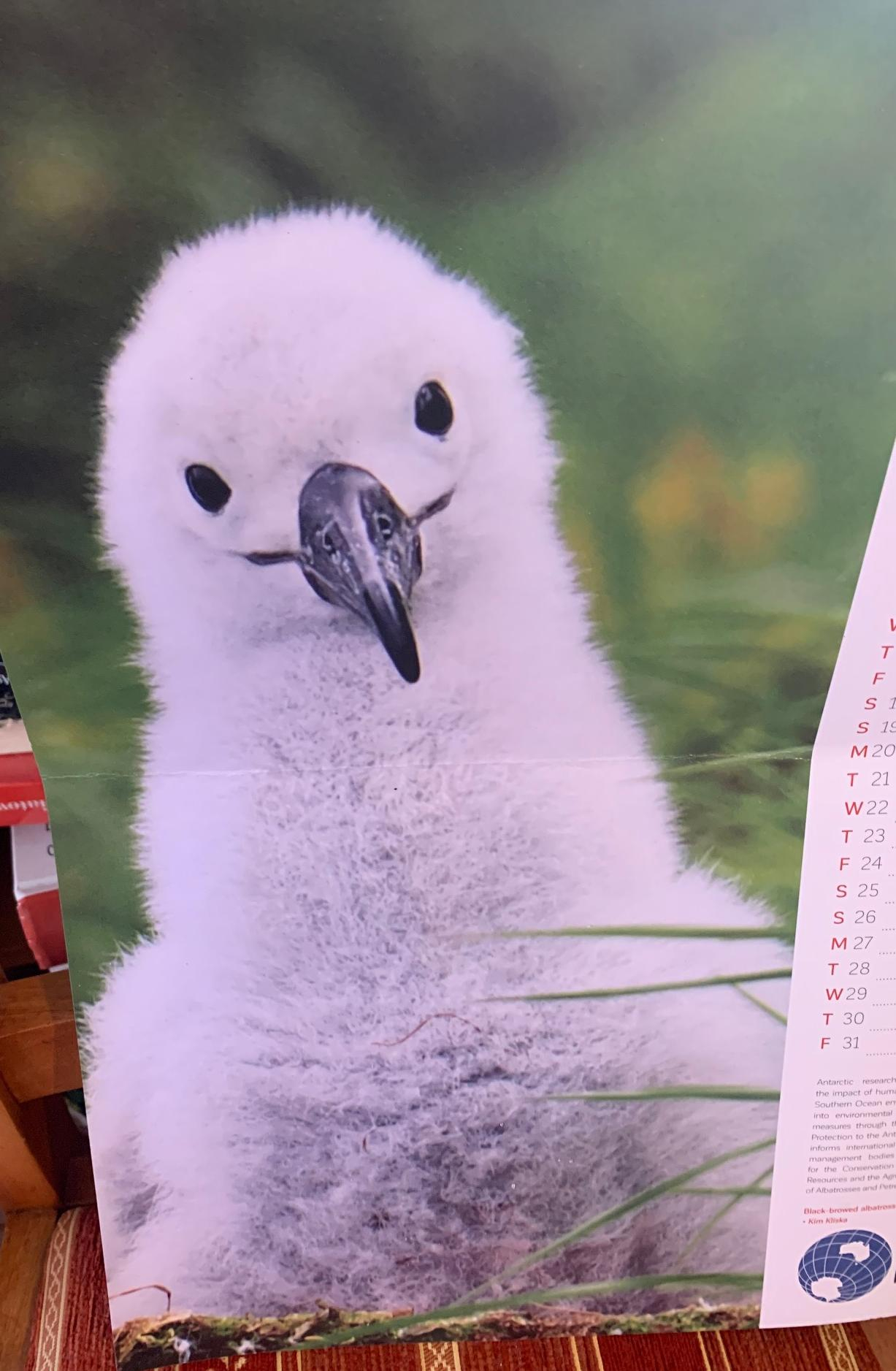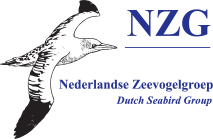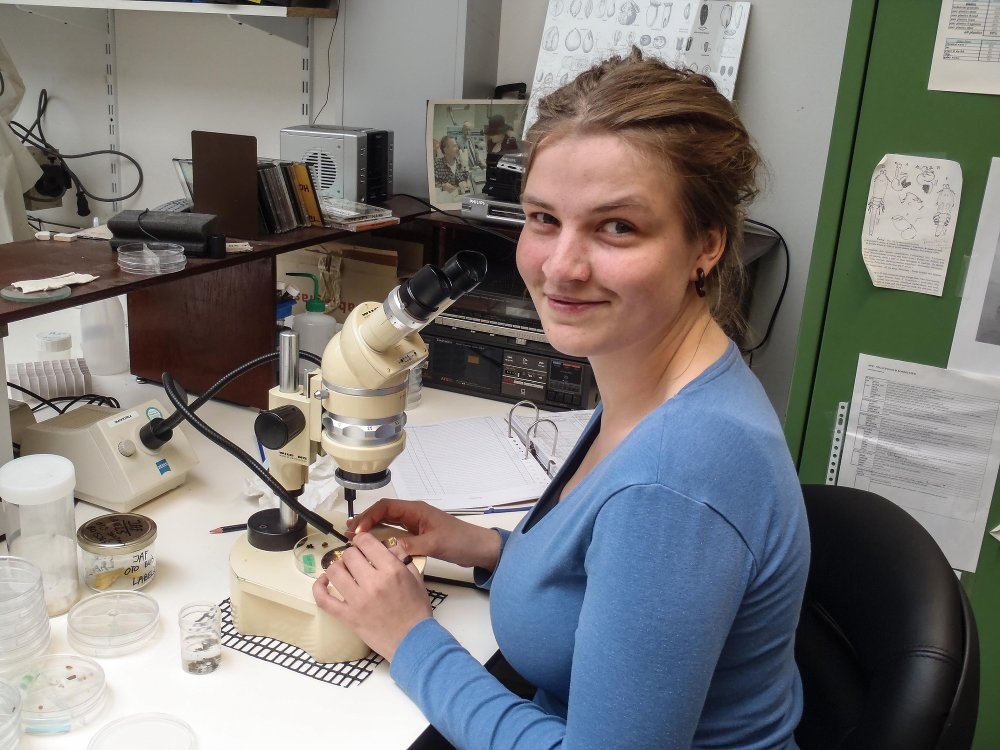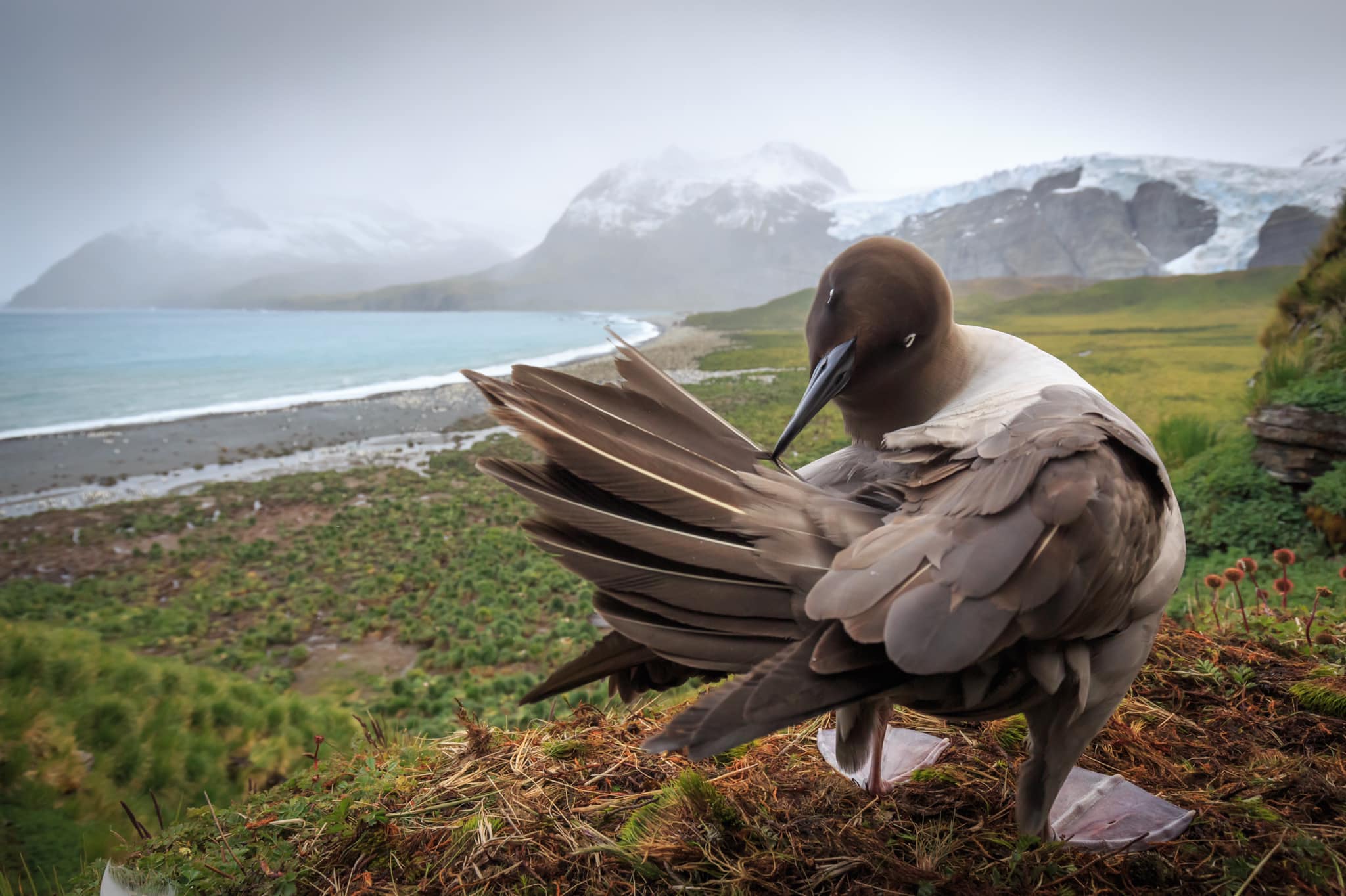
A Light-mantled Albatross preens its tail on a South Atlantic island, photograph by Oli Prince
Bases en Español más abajo
Description
The Agreement on the Conservation of Albatrosses and Petrels Agreement (ACAP) has launched "World Albatross Day" in order to raise awareness about these birds and the threats they face. We invite you to take part in a photography competition that seeks to show the images and emotions these birds inspire.
The Competition
This competition is an awareness-raising and educational initiative, aiming to increase knowledge of the beauty of a family of birds that faces multiple threats to its survival. It aims to raise awareness about the role of these birds in nature, and their emotional impact on observers.
Objectives
The main objective of this contest is to educate and raise awareness about albatrosses, their way of life and the threats they face to survive.
The specific objectives are:
- Highlight the beauty of these magnificent birds and their impressive way of life
- Reveal the emotions felt by those lucky enough to observe them
- Give nature photographers a forum in which to express themselves
- Make known the threats facing these species so as to encourage all to contribute to mitigating those threats
Competition open to:
Everyone who is interested in photography, ornithology, the ocean, the environment, etc.
Contestants from all over the world, without categories or age limits.
Because the platform for the contest is Instagram, contestants will need an Instagram account.
Theme
The theme of the contest is albatrosses, their world, their threats. While bearing this theme in mind, photographers should feel free to approach this challenge according to their own preferences.
Competition requirements
- The contestants´ photographs can be taken using an analog or digital camera, cell phone or any visual device.
- Photographs can be in colour or in black and white.
- Photos must be original and taken by the participant. The participation of third parties or use of reproductions of work by another photographer is not permitted.
- The photograph should be accompanied by a description of the moment, the context and especially the emotions felt on seeing the albatross photographed.
- This textual description will be taken into account by the judges in making their decisions.
- Because the contest will use the Instagram platform, the photos must be uploaded to an account using the hashtag #wad_photocontest and tag @Worldalbatrossday.
- The judges will choose the 20 finalist photographs, which will be put to a public vote, through Instagram stories from the "World Albatross Day" account.
- The winning photographs will be determined by both public vote and the judges.
- The photographs submitted will be displayed both on the Instagram account of World Albatross Day, and potentially in some medium reporting on the competition.
Deadline
Photographs can be uploaded with the hashtag from 4 June 2020, and photographs will be accepted until 19 June. The winning photos will be published on the WordAlbatrossDay Instagram account with prior notice to the winners from 25 June.
Judges
- Pablo Cáceres, Contest Co-ordinator. Chile
- Verónica López, Chair, ACAP World Albatross Day Intersessional Group, Chile
- Jim Hurst. Emmy and CAS award-winning sound recordist, cinematographer and producer, USA
- Rodrigo Moraga, Wildlife & landscape photographer, Chile
- Michelle Risi. Field Biologist, Gough Island Restoration Programme, Royal Society for the Protection of Birds, UK
- Marco Favero, Principal Investigator, National Research Council of Argentina (CONICET), former ACAP Advisory Committee Chair and Executive Secretary, current Co-convenor,Population and Conservation Status Working Group
- Tatiana Neves, Projeto Albatroz General Coordinator, Brazil; Vice-Chair, ACAP Advisory Committee
- Christine Bogle, ACAP Executive Secretary, Australia
Selection of winners
The judges will select the top 20 photographs.
Those 20 photographs will be put to a vote among the followers of the World Albatross Day account, and the three best voted photographs will be the winners. 1st, 2nd and 3rd places will be decided by the judges.
Awards
Surprise
Announcing the winners
- The winning photos will be featured on the World Albatross Day Instagram account, and an internal message will be sent to the participants to inform them
License to use the works
- The authors will continue to hold rights and authorship of the works. World Albatross Day is only interested in promoting this activity through the contest and the limited use of the works that have been submitted, always maintaining the rights and credits of the photographer.
- The photographs will not become part of any archive or collection, and will only be used as described above, and with acknowledgement of the author.
- However, since Instagram is a public platform, the organization will not be responsible for any use that third parties may make of the photographs featured.
Acceptance of these terms and conditions
- It is understood that presentation of the photographs to the competition implies acceptance of these terms and conditions.
Verónica López, Chair, ACAP World Albatross Day Intersessional Group, Chile, 11 June 2020
*****************************************************
BASES DEL CONCURSO DE FOTOGRAFÍA. WORLD ALBATROSS DAY: "Albatros, su mundo y sus amenazas"
Descripción:
El Acuerdo internacional de conservación de albatros y petreles (ACAP) ha lanzado "World Albatross Day" de manera de aumentar la conciencia sobre este grupo de aves y sus amenazas. Invitamos a participar en el concurso de fotografía que busca mostrar imágenes y emociones que nos regalan las aves voladoras más grandes del mundo.
Fundamentos:
El presente concurso de fotografía se inscribe como una iniciativa de sensibilización y educación que busca dar a conocer la belleza de una familia de aves que enfrenta múltiples amenazas para su sobrevivencia. Se pretende dar a conocer el rol de estas aves en la naturaleza, así como la fuerte carga emocional que desarrollan en quienes las observan.
Objetivos:
El objetivo general del concurso es educar y sensibilizar respecto de los albatros, su estilo de vida y las amenazas que enfrentan para sobrevivir.
Los objetivos específicos son:
- Dar a conocer la belleza de estas magníficas aves y su impresionante modo de vida.
- Dar a conocer las emociones que despiertan en quienes tienen la fortuna de observarlos.
- Generar un espacio para la expresión artística de fotógrafos de naturaleza.
- Dar a conocer las amenazas que enfrenta la subsistencia de estas especies para generar compromiso en la mitigación del impacto que cada uno genera.
Convocatoria:
Se convoca a participar a toda persona interesada, tanto en la fotografía como en la ornitología, el océano, la conservación, la difusión, el medio ambiente, etc.
El concurso es de convocatoria internacional.
No se reconocen categorías en el concurso, ni tampoco hay límites de edad, ni de ningún tipo.
Dado que la plataforma del concurso es Instagram, se hace necesario contar con una cuenta para poder hacer llegar las fotografías.
Temática:
La temática del concurso son los albatros, su mundo y sus amenazas.
Las fotografías podrán abordar la temática de manera libre, sin requisitos ni condiciones previas, sin embargo, es importante recordar que el objetivo del concurso es difundir y sensibilizar respecto de los albatros, su mundo y sus amenazas.
Requerimientos del concurso:
Las fotografías concursantes podrán haber sido sacadas usando una cámara fotográfica análoga o digital, un teléfono celular o cualquier otro dispositivo de registro visual.
Las fotografías podrán ser en color o en Blanco y Negro.
Las fotografías deberán ser originales y obtenidas por el participante. No se podrá participar con fotografías ajenas o con reproducciones de otras fotografías.
Junto a la fotografía se pide una descripción del momento, del contexto y especialmente de las emociones sentidas producto de la contemplación de los albatros.
El relato de la foto, será considerado por el jurado al momento de hacer sus elecciones.
El concurso se desarrollará en la plataforma Instagram, por lo tanto, las fotografías deberán ser cargadas en una cuenta usando el hashtag #wad_photocontest y el @worldalbatrossday.
El jurado elegirá las 20 fotografías finalistas, las que serán sometidas a votación del público, mediante historias de Instagram de la cuenta "World Albatross Day".
Finalmente las fotografías ganadores serán definidas por votación del público y los jurados.
Las fotografías enviadas serán exhibidas tanto en la cuenta Instagram del World Albatross Day, como también podrán serlo, eventualmente, en algún medio que difunda esta iniciativa.
Plazos:
Las fotografías se pueden cargar con el hashtag a partir del 4 de junio de 2020, y se aceptarán fotografías hasta el día 19 de junio. Las fotografías ganadoras serán publicadas en el Instagram WordAlbatrossDay previo aviso a los ganadores a partir del día 25 de junio .
Jurado:
El Jurado estará compuesto por:
- Pablo Cáceres, Contest Co-ordinator. Chile
- Verónica López, Chair, ACAP World Albatross Day Intersessional Group, Chile
- Jim Hurst. Emmy and CAS award-winning sound recordist, cinematographer and producer, USA
- Rodrigo Moraga, Wildlife & landscape photographer, Chile
- Michelle Risi. Field Biologist, Gough Island Restoration Programme, Royal Society for the Protection of Birds, U.K
- Marco Favero, Principal Investigator, National Research Council of Argentina (CONICET), former ACAP Advisory Committee Chair and Executive Secretary, current Co-convenor,Population and Conservation Status Working Group
- Tatiana Neves, Projeto Albatroz General Coordinator, Brazil; Vice-Chair, ACAP Advisory Committee
- Christine Bogle, ACAP Executive Secretary, Australia
Selección de ganadores:
El jurado seleccionará las 20 mejores fotografías.
Esas 20 fotografías serán sometidas a votación entre los seguidores de la cuenta del World Albatross Day, y las 3 fotografías con mejor votación serán las ganadoras. El 1º, 2º y 3º lugar será definido por el jurado.
Premios:
Sorpresa
Comunicación ganadores:
Las fotografías ganadoras serán presentadas en la cuenta de Instagram de World Albatross Day, y se le enviará mensaje interno al participante para informarle y coordinar la entrega de premio.
Licencia de uso de las obras:
Los autores seguirán siendo titulares de derechos y autoría de las obras. World Albatross Day sólo tiene interés en promocionar esta actividad mediante el concurso y el uso acotado de los trabajos que hayan sido enviados, siempre manteniendo los derechos y créditos de los trabajos.
Las fotografías no pasarán a formar parte de ningún archivo o colección, y sólo serán usadas en la mencionada difusión, y con la respectiva mención del autor.
No obstante, siendo Instagram una plataforma pública, la organización no será responsable por el uso que puedan hacer terceras personas de las fotografías expuestas.
Verónica López, Chair, ACAP World Albatross Day Intersessional Group, Chile, 11 June 2020
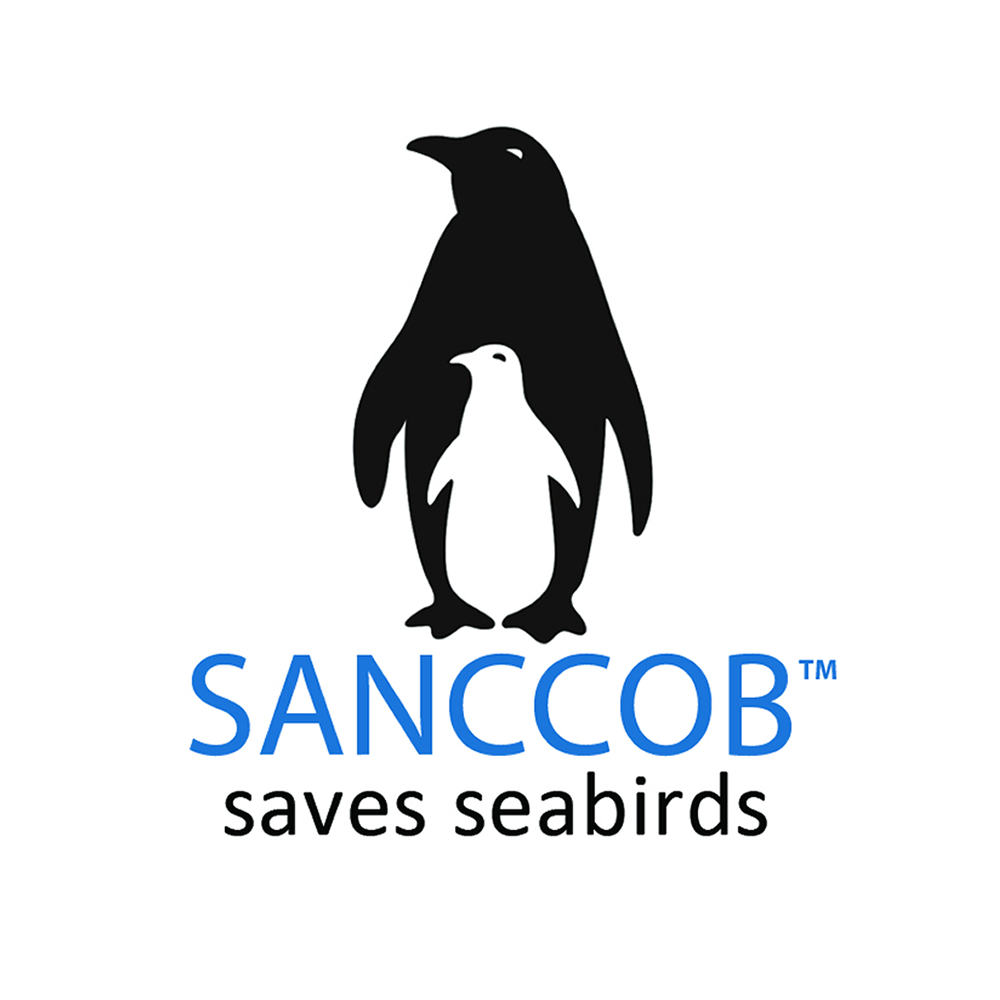

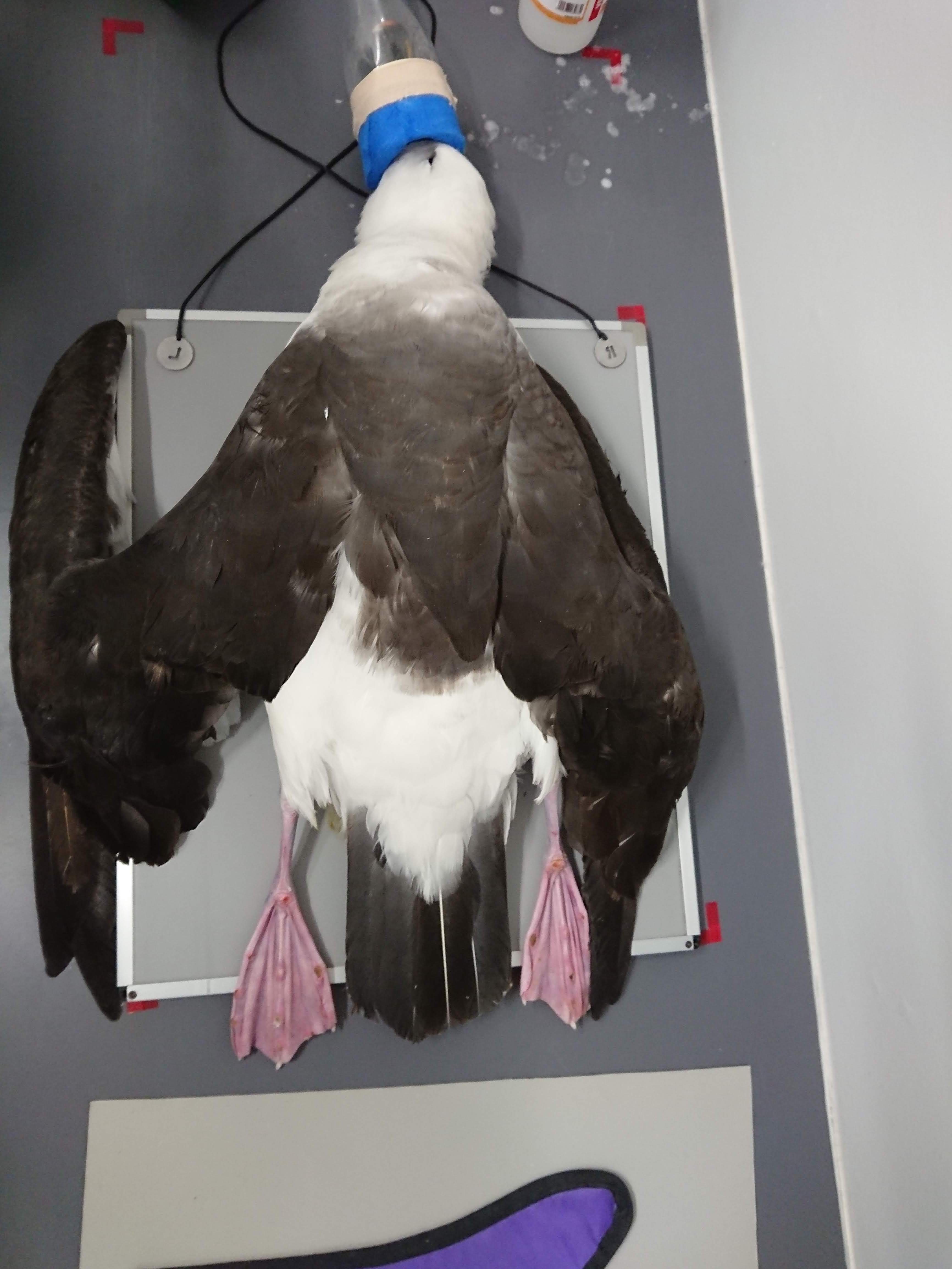
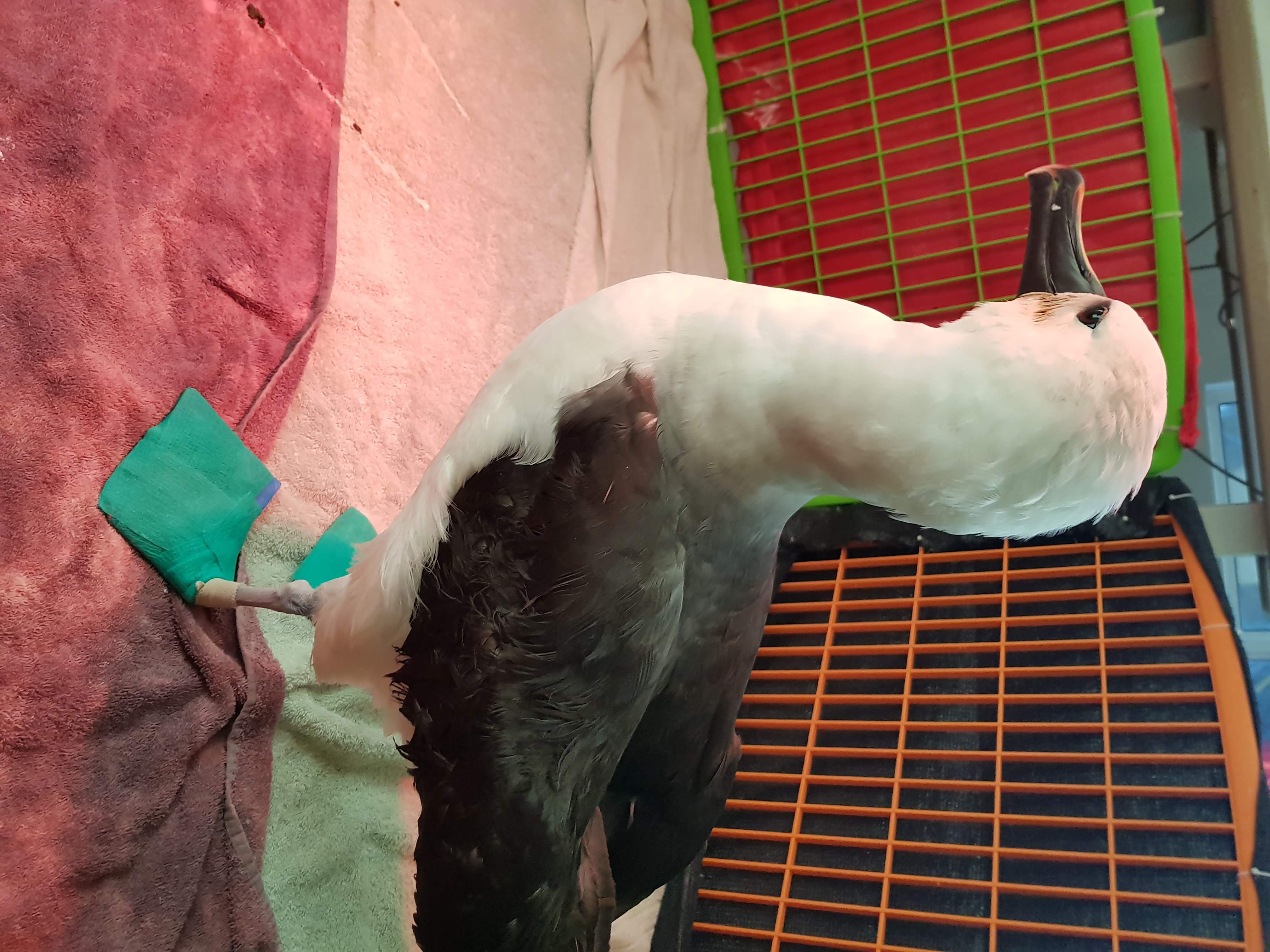

 English
English  Français
Français  Español
Español 
